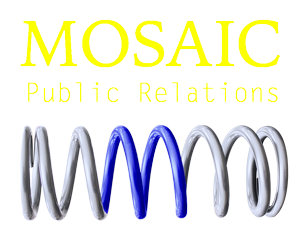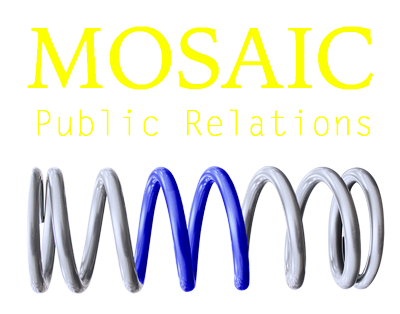1. Choose an E-commerce Platform:
- User-Friendly Platforms:
- Shopify: Ideal for small to medium-sized businesses, offering a wide range of features and customization options.
- BigCommerce: A powerful platform suitable for growing businesses, offering advanced features and scalability.
- WooCommerce: A free plugin for WordPress, providing flexibility and control over your online store.
- Consider Your Needs:
- Technical Expertise: If you’re comfortable with coding, WooCommerce offers more flexibility.
- Ease of Use: If you prefer a user-friendly interface, Shopify or BigCommerce might be better choices.
- Scalability: If you anticipate significant growth, consider a platform that can handle increased traffic and sales.
2. Domain Name and Hosting:
- Domain Name: Choose a domain name that reflects your collection (e.g., [YourName]Collection.com).
- Hosting: Purchase a reliable hosting plan to store your website’s files and data. Your chosen e-commerce platform may offer hosting options.
3. Design Your Online Store:
- Professional Theme: Select a visually appealing theme that complements your collection.
- Product Photography: Take high-quality photos of your items from multiple angles.
- Compelling Product Descriptions: Write detailed descriptions highlighting the unique features and history of each item.
- Clear Pricing: Set competitive prices for your items.
- Secure Checkout: Implement a secure payment gateway (e.g., PayPal, Stripe).
- Shipping Information: Clearly outline your shipping policies, including costs and delivery times.
- Return Policy: Define your return policy and make it easy for customers to return items.
4. Market Your Online Store:
- Social Media: Use platforms like Instagram, Facebook, and Pinterest to showcase your collection.
- Content Marketing: Create blog posts about the history of your collection, care tips, or related topics.
- Email Marketing: Build an email list to send out newsletters, promotions, and updates.
- Search Engine Optimization (SEO): Optimize your website for search engines to attract organic traffic.
- Paid Advertising: Consider using Google Ads or social media advertising to reach a wider audience.
5. Legal Considerations:
- Business License: Obtain any necessary business licenses and permits.
- Tax Registration: Register your business for tax purposes.
- Insurance: Consider business insurance to protect your assets.
- Product Authenticity: If selling valuable or antique items, ensure you have proper documentation to prove authenticity.
6. Customer Service:
- Responsive Customer Support: Provide timely responses to customer inquiries and concerns.
- Packaging and Shipping: Pack your items securely and ship them promptly.
- Secure Payment Processing: Use a reputable payment gateway to protect your customers’ information.
By following these steps and continuously refining your online store, you can successfully sell your personal collection and reach a wider audience.

